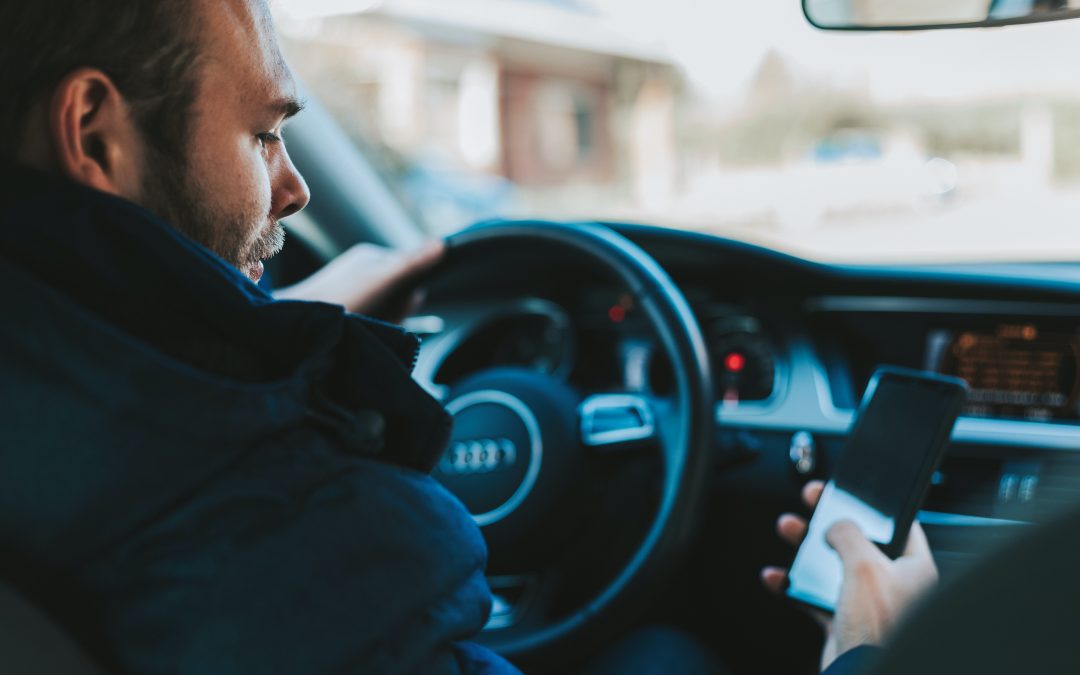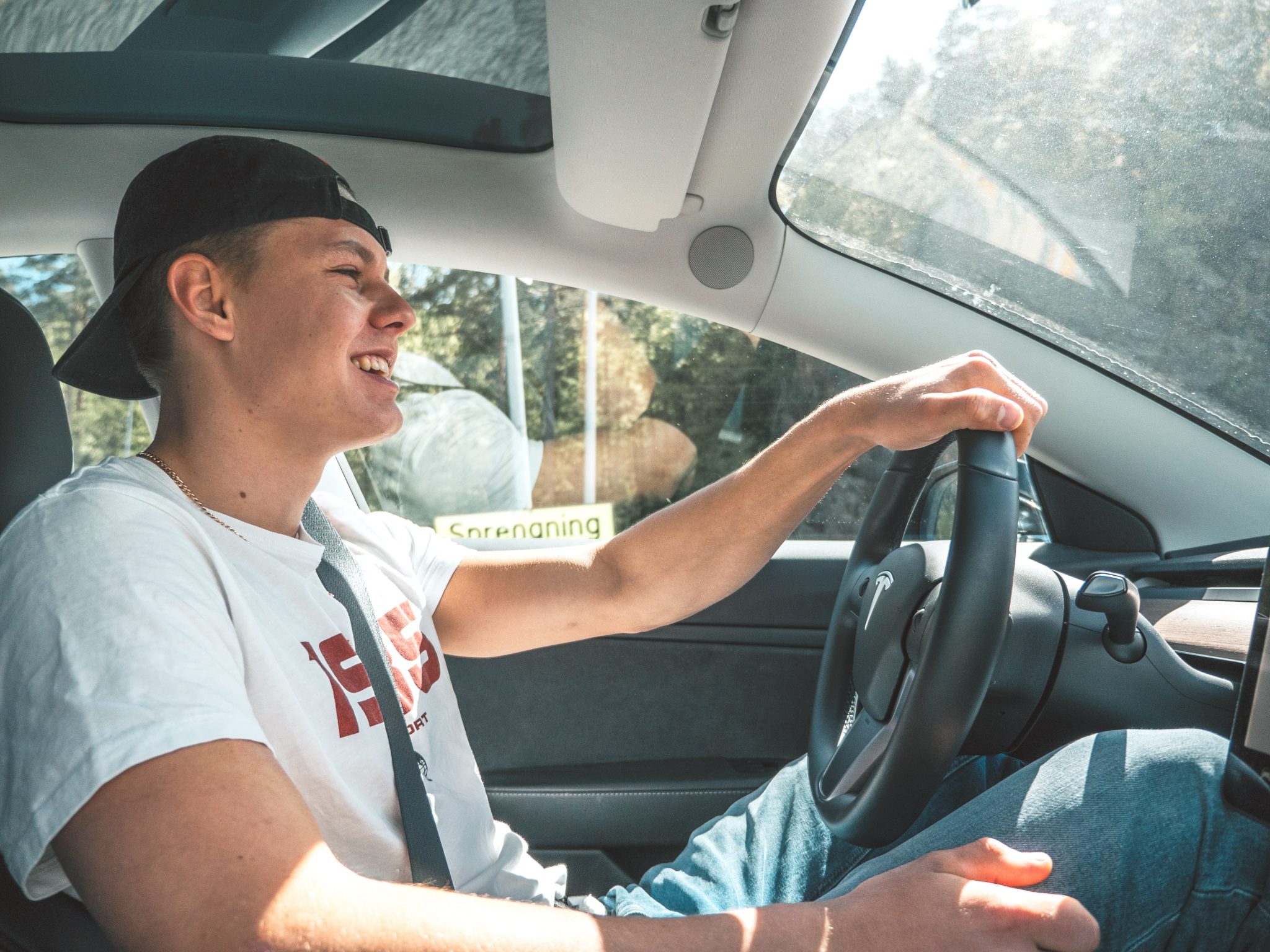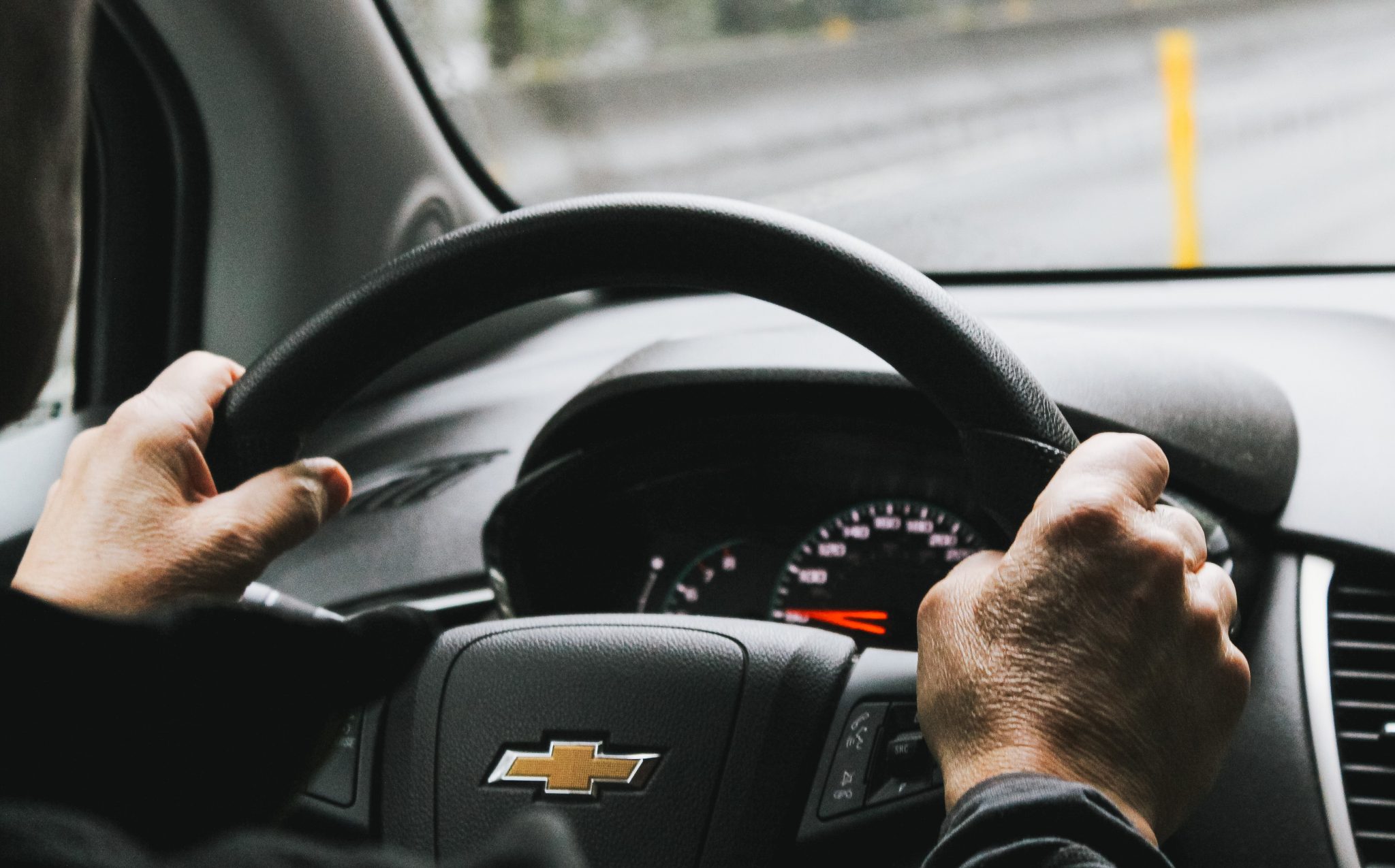Maybe you don’t like driving stats, but in this case, they are incredibly important. The fact that, in 2019, 25% of distracted drivers involved in fatal crashes were young adults, should raise a few eyebrows
Actually, young drivers, especially teens are most likely to become distracted. And because of their inexperience, that distraction often results in a crash.
Today, you will read about distractions. But more importantly, you will learn how to avoid them. If you put in practice the information from this post and what you learned in driver’s ed, you will become a safer driver.
Driving Distractions You Learned in Driver’s Ed
Let’s refresh your knowledge of driving distractions.
Firstly, we can divide them in three categories:
- Visual
- Manual
- Cognitive
Visual Distractions
Visual distraction means taking your eyes off the road. This can include changing a song on the radio, texting (god forbid), looking at the beautiful side view instead of in front of you, etc.
The problem with visual distractions is you lose sight of the road. You cannot assess the situation anymore and you are driving blind. This is extremely dangerous because a lot can happen during driving, even in a split second it takes you to change the song.
Manual Distractions
Manual is taking your hands off the steering wheel. You probably think it isn’t cool to drive with both of your hands on the wheel, especially exactly at 10 and 2, but that is safe.
Just imagine if you had to react quickly because of an animal on the road or another car losing control. The little time it takes you to place your hand on the wheel so you can react can be a difference between a story you tell your kids and a fatal crash.
Cognitive Distractions
This is a serious predicament in our age. People of all ages want to do more, learn faster, reach higher. They are listening to podcasts, audiobooks, and TEDx talks during their daily commute.
Now, if you were commuting by train that wouldn’t be a problem. But if you are driving and your mind isn’t following what is in front of you, you are distracted. And that is dangerous for yourself and everyone else on the road.
Understanding what it means to be distracted and the dangers of it is the first step to changing your behavior and becoming a better driver. Let’s look at a few more distracted driving problems younger generations face.
A Few More Concerns for Those Fresh Out of Driver’s Ed
If you went through an online driver’s ed in recent years, you are still a teen driver. And sadly, teens and young adult motorists have never been more distracted than now. The problem lies in cognitive distractions.
Nowadays there are so many ways you can distract yourself from driving while thinking you are doing something harmless and even beneficial. Audiobooks are a prime example, but you also have music, podcasts, hands-free phone calls, etc.
All of these are considered great ways of acquiring new knowledge, and they are, no one is disputing that. But, you shouldn’t engage with them while driving, especially not as an inexperienced driver.
At such a young age, and fresh out of driver’s education, you want to be mindful of your surroundings and watch everything that is happening on the road. This will create a solid foundation on how to become a safe driver.
How to Prevent Distracted Driving
Finally, you can learn how to minimize distractions and be a safer driver. Here are three tips, mostly common sense, you can start implementing the next time you sit behind the wheel.
1. When You are Driving, Drive
In other words, no multitasking. No texting, posting, chatting or making videos for your Tik Tok post. Especially not the last one. But also no podcasts, audiobooks, and YouTube tutorials. Focus on the one thing that, done wrong, could cost you your life – driving.
2. Leave the Phone Where You Can’t See It
The thing with smartphones is, they are a distraction on their own. Even when you are not using them, their blue or green LED light starts to blink, and you think you have to take it or you will miss something important.
The moment you take your hands and eyes off the wheel and road, so you can check your phone, you are driving distracted. Isn’t that what you learned in the driver’s ed?
3. Don’t Eat or Drink While Driving
This is another distraction that is usually manual but can also be visual and cognitive. In other words, if you are really hungry and you are getting a bite at the next drive-through. Stop your car, eat your meal, and continue driving.
Another great way to reduce distracted driving and refresh your knowledge of traffic laws, in general, is to take a defensive driving course. Other than driver’s ed, a defensive driving course is a great way to learn to become a safe driver, plus you can remove or mask a point or two on your record and get an insurance premium reduction.
Minimizing distractions is the first step to being a better driver. And that is something all of us should strive for.




